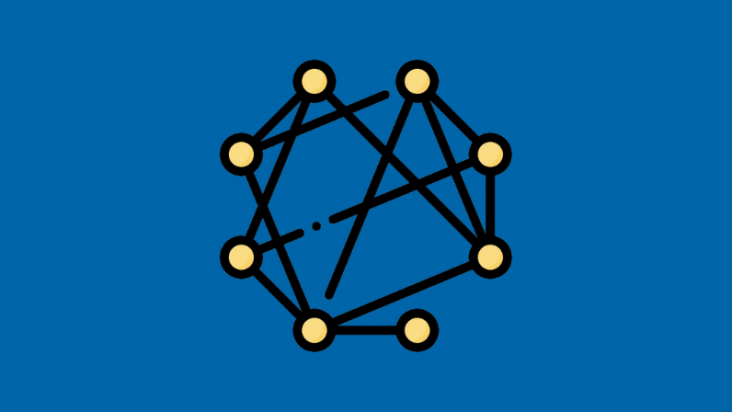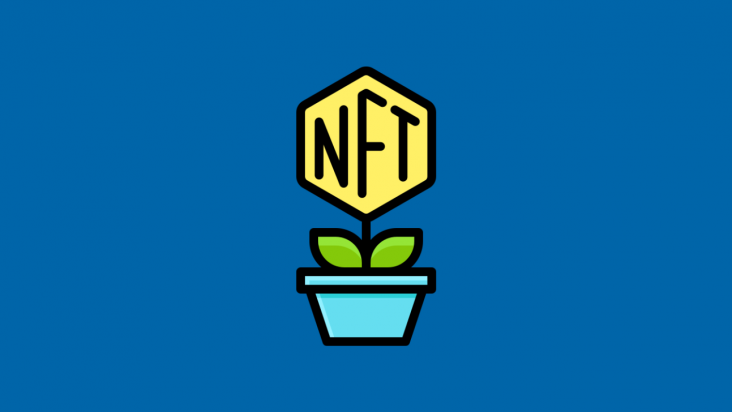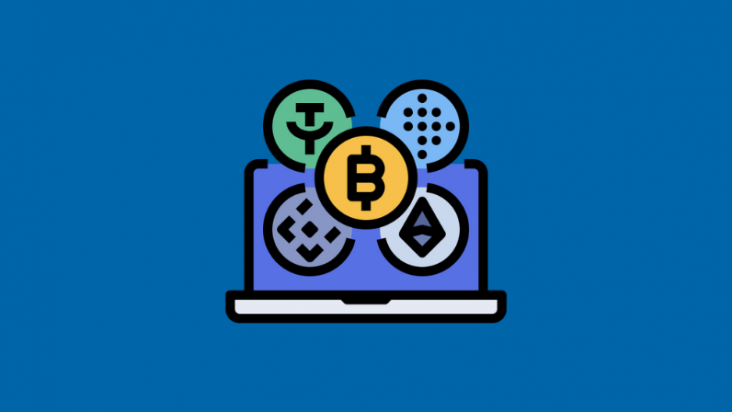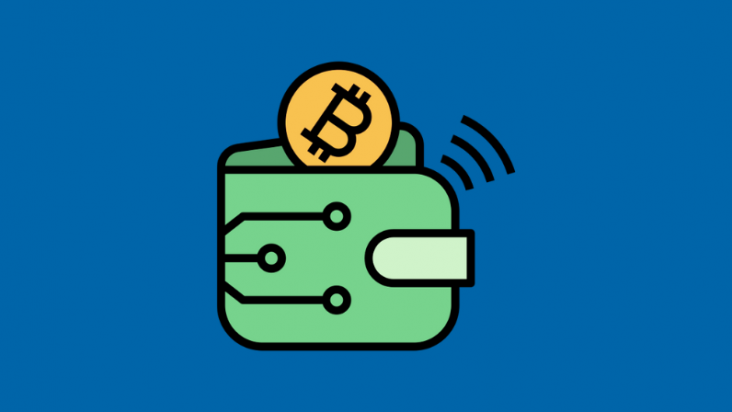
Initially, the term P2E (Play-to-Earn) was primarily associated with token farming: players in Web3 games received rewards simply for spending time in the game, usually through “token farming + selling NFTs/tokens” with minimal skill requirements and often without complex gameplay mechanics.
Examples of such early projects include Axie Infinity, where players battled with teams of NFT creatures and earned SLP tokens; CryptoBlades, where users earned the SKILL token for winning battles; and Plant vs Undead, whose gameplay revolved around growing NFT plants and receiving in-game currency. These projects laid the foundation for the Play-to-Earn model, demonstrating its potential and its limitations — dependence on tokenomics stability and the influx of new players, as well as insufficient gameplay depth in the early stages of the genre’s development.
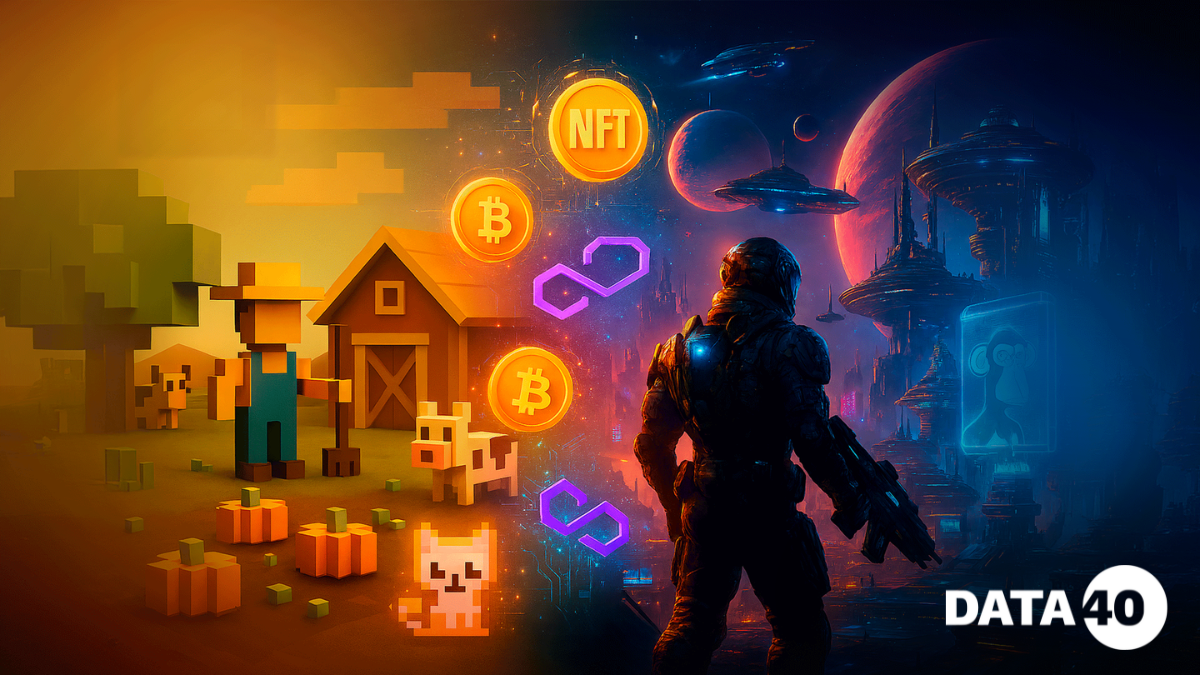
What’s the Progress Now?
P2E is spreading across different genres: shooters, racing games, strategies, MMOs, simulators combining elements of economy, asset ownership, DAO governance, and even esports.
Shooters with Earnings
Examples
- Ev.io: a multiplayer FPS built on the Solana blockchain. Players can earn tokens (often SOL) for kills, especially if they own NFT skins or weapons.
- Undead Blocks: a zombie survival “kill-to-earn” FPS where players use NFT weapons and loadouts to fight zombie waves, compete on leaderboards, and earn tokens and in-game currency.
- Matr1x FIRE: a mobile FPS shooter in a cyberpunk setting with 5v5 team battles, NFT weapons and avatars, and P2E mechanics.
- Time Raiders: a shoot-and-loot game with both PvE and PvP elements, where all loot and equipment are NFTs that can be traded or crafted.
- Decimated: a third-person shooter with survival elements set in a post-apocalyptic world, featuring NFT assets and rewards for in-game progression.
Key Features
- NFT weapons/skins with real value: players own unique assets that can be traded, rented, or resold.
- “Kill-to-earn” mechanics: rewards depend on player activity, skills, match results, and sometimes the rarity of owned NFTs.
- Multiplayer, cooperation, and PvP: team modes, leaderboards, and tournaments strengthen competition, shifting focus from “play to earn” to “play well to earn more.”
- Balance between gameplay and economy: maintaining enjoyable gameplay is essential — otherwise, games risk turning into “just token mining.”
Racing Games with NFT Vehicles
Examples
- Nitro League: one of the notable projects where cars, upgrades, and even fleets are represented as NFTs. Players join tournaments, earn in-game tokens, upgrade vehicles, and race on tracks within a dynamic economy based on NFT rarity.
- REVV Racing: part of the Animoca Brands ecosystem using the REVV token — a racing game where cars, parts, and upgrades are NFTs, and participation in races or championships yields rewards.
- Pegaxy: a futuristic PvP horse-racing game where players compete using NFT horses (Pegas). It features breeding, renting, and secondary NFT markets, making it a hybrid of racing and management simulation.
- MetaRides Racing: a multiplayer racing project where cars are NFTs, with digital showrooms and interoperability of vehicles across metaverses.
Key Features
- Vehicle ownership as NFTs: players truly own cars or their components as NFTs, not just “in-game items.”
- Tournaments with economic incentives: winning brings tokens, prizes, and ranking progression.
- Customization and rarity: modifications and unique designs affect performance or appeal.
- Maintenance and depreciation: some games introduce “fuel costs,” repairs, or wear, adding economic realism and challenge.
Strategy Games and MMORPGs with P2E Economies
Examples
- League of Kingdoms: an MMO strategy where players own land (as NFTs), develop territories, gather resources, form alliances, and engage in trade. Lands often serve as yield-generating assets through rent or taxation.
- Alien Worlds: features virtual planets and lands with mining, management, economy, trade, and missions.
- My Neighbor Alice: a social simulation/strategy game centered on land ownership, building, player interaction, in-game economy, and NFT assets.
- Night Crows: a large-scale MMORPG with blockchain integration, Web3 economy, token-based systems, NFT characters, and in-game assets.
- MIR4: a global MMORPG featuring complex in-game economics, market trading, PvP/PvE gameplay, and NFT elements.
Key Features
- Land and resource management: land as NFTs with unique traits (location, productivity, rarity); players can build, develop, and harvest.
- Alliances and social dynamics: players cooperate to defend lands, wage wars, manage shared resources, taxes, and trade.
- Trading of resources/NFT assets: internal and external economies through marketplaces, rentals, and peer exchanges.
- Governance and politics: games like Alien Worlds implement DAO systems allowing players to participate in voting, taxation, and regional development decisions.
What’s Next?
New projects are emerging that combine P2E with Battle Royale or esports mechanics. These include FPS games with PvP tournaments and large prize pools. Competitive gaming and esports have become another major growth driver: tournaments with real-value prizes, NFTs, or tokens can attract massive audiences. For long-term sustainability, maintaining a balance between gameplay and economic mechanics remains essential.
Modern P2E projects are no longer simple Web3 experiments but full-scale AAA-quality games. They are built by experienced studios using advanced engines (Unreal Engine 5, Unity) and focus on graphics, storytelling, gameplay design, and user experience.
Star Atlas is a large-scale space MMORPG set in an open universe, where players explore galaxies, fight battles, build fleets and stations, and own NFT starships that can be used, sold, or leased. The game blends P2E mechanics, a metaverse, and a player-driven economy.
Illuvium is a AAA RPG with auto-battler and creature-collection elements (Illuvials), built on Unreal Engine 5. It emphasizes visual fidelity, strategic gameplay, and NFT-based economy making it one of the most ambitious titles in the Web3 gaming space.
The next phase of evolution involves a shift toward metaverses that unite multiple genres from strategy and simulation to shooters and social worlds. In such metaverses, players can travel between games, use shared NFT assets, earn rewards, interact with others, and take part in ecosystem governance. These projects aim to create sustainable digital economies and long-term engagement that extend far beyond a single game.
Conclusion
P2E is no longer just about token farming.
While early Web3 games mostly focused on repetitive farming and NFT reselling, the industry has since undergone a major transformation. P2E has moved beyond purely economic models and evolved into a comprehensive gaming ecosystem.
Strategies, shooters, simulators, racing games, and MMOs — this genre diversity has become the key to attracting not only investors but also genuine players. Gameplay depth, progression systems, asset ownership, and social interaction have fostered sustainable player communities.
Today, participating in P2E is not just a way to earn but a full-fledged gaming experience where value is created through both the in-game economy and meaningful engagement.


